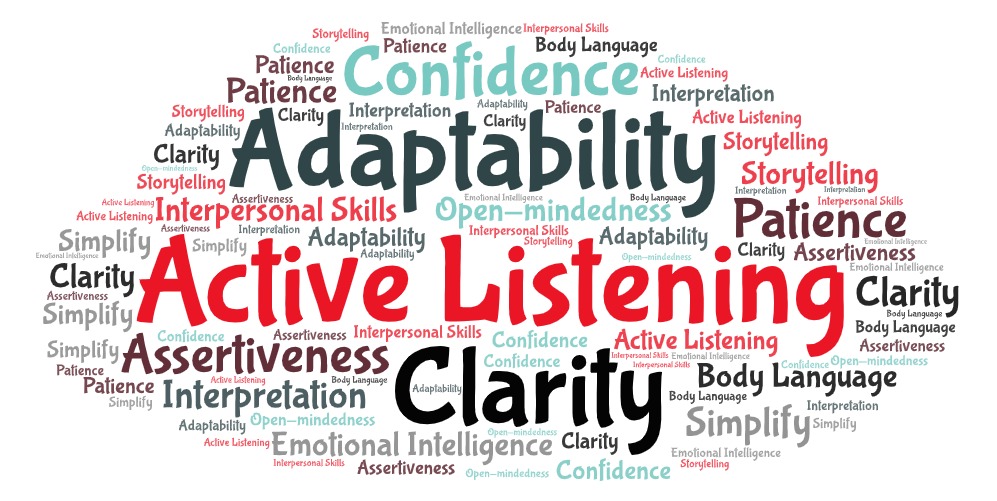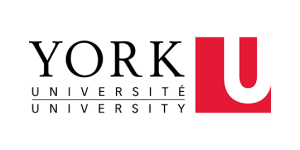27 Communication
Reading, Writing, and Verbal Communication
The ability to communicate clearly and concisely is one of the skills employers look for when hiring employees.
Reading
There are many different documents, all with different purposes, audiences, and strategies for understanding. You might engage with customer requests, emails, instructions, and schedules. Each of these types will require attention to specific pieces of information. You need to know how to look to find the information you need.
How to Improve Your Reading
Here are a few tips to help you improve your reading skills:
- Look for document design. Read similar items to those you encounter at work and look at how and where things are laid out. These are clues you can use later.
- Slow down. Reading quickly is not always best if you need to fully comprehend the material.
- Skim or scan for information. If it isn’t critical that you understand the full document but are searching for specific information, it can be helpful to simply scan the document.
- Listen instead. or work documents, you can have the computer read them to you using a built-in screen reader.
Writing
In most jobs, you will need to do a variety of writing tasks. Remember, your writing may be the first or only contact with a client, and you will want to set a good first impression by writing clearly, concisely, and professionally. Since not all writing will be the same, you might be asked to send an email to a client, or write a piece of the company’s website; ensure you understand the appropriate audience and purpose. Using proper grammar, punctuation, and spelling shows professionalism, as do proofreading and editing.
How to Improve Your Writing
Here are a few tips to help you improve your writing skills:
- Use the features in your word processor. Pay attention to the spelling and grammar errors that most word processing programs automatically underline. You can also adjust your word processing program to catch other errors. You can also consider using other writing support software, like Grammarly.
- Ask for feedback. Your coworkers, supervisor, and instructors can all give you feedback on your writing strengths and challenges. If you want a broader context for writing, consider taking a course in business writing.
Verbal Communication
Verbal communication in a professional environment includes “any type of interaction that makes use of spoken words,” including answering the phone, personal discussions, staff meetings, presentations, and informal conversations (Inc., 2020).
Demonstrating strong verbal communication skills, including “speaking clearly, confidently, and with poise,” means you will be seen as confident and someone able to build rapport (Hawkins, 2021).

Characteristics of an effective verbal communicator at work are:
- Active listening.
- Adaptability.
- Clarity.
- Confident and assertive.
- Constructive feedback, both giving and receiving.
- Emotional intelligence.
- Interpersonal skills.
- Interpretation of body language. This will help you understand how someone is feeling, but we are aware of cultural differences, which can lead to incorrect assumptions.
- Open-mindedness. Open-mindedness is the willingness to consider new or different ideas or opinions that are different from our own (Cambridge Dictionary, 2021).
- Patience. Patience guides our ability to listen to and deliver a message that is fully understood. This can sometimes take time, depending on the information shared between the parties.
How do you feel about giving presentations? Fear of public speaking is the most common phobia, and. It is estimated that 75% of individuals suffer from some form of speech anxiety (Black, 2021). That’s 3 out of every 4 people. So, what’s the remedy to your fear of public speaking? Confidence. How do you gain that confidence?
- Acknowledge the challenge. It won’t necessarily be easy, but it will be worth it. In addition to being a common fear, it is also a conquerable challenge. Start by practicing in school. Though it might not feel this way, the classroom is a safe, low-stakes way to practice and receive feedback aimed at improvement before you get into the workplace.
- Recognize the cost and benefits. You can have great ideas, but if no one ever hears them, it’s like not having them at all (Smith & Last, n.d.). Sharing your great idea in a staff meeting may lead to a promotion, whereas having an answer and being afraid to present it may cost your company money or an important client.
- Commit to learning the skills by watching and practicing. Watch good presentations, TEDTalks, and YouTube videos and make notes of what the presenters do well and where they need more practice. Learn from their mistakes. And then practice. Practice in your courses, in front of the mirror, on video, with your friends, and even at work. In addition to practicing, reflect on what you do well, what feels comfortable, and where you need to improve.
- Watch the following Chris Anderson’s TEDTalk and reflect on what he does well: TED’s secret to great public speaking.
How to Improve Your Verbal Communication
Remember, when it comes to verbal communication, the more you do it, the better and more comfortable you will feel. Here are a few tips to help you improve your verbal communication skills:
- Be prepared. Do your research, write your presentation, and practice saying it out loud. The better you know your topic, the less you will need to rely on notes. If you are using technology, test it before the presentation and have it ready to go. Nothing is worse than realizing the projector isn’t set up or the computer isn’t logged on.
- Maintain eye contact. Don’t lock eyes with one person, but acknowledge your whole audience with eye contact.
- Match your body language to the content. Most of the time, assume a relaxed, upright posture and use natural gestures. Don’t over gesture because it can be distracting. If you are discussing a serious issue, have a solemn facial expression.
- Take care of your appearance and attitude. Don’t overdress, but wear professional, neat, and clean clothes. Be confident, be friendly, and, especially if trying to convince your audience, be energetic about your idea.
- Use your voice as a tool. Speak at a good volume, pause after important information, and emphasize key points. Also, slow down. Most of us speak more quickly when we are nervous, so take a deep breath and slow down. Recognize your use of crutch words, such as um, eh, ah, oh, like, etc. If you notice these when you are practicing, keep practicing and work on not using them. If you make a mistake, don’t let that fluster you. Stay calm and keep on.
- Be aware of your audience and timing. Are they with you? Have you paused for questions? Do they want you to move faster or slow down? How long were you scheduled for? For example, if you have 10 minutes to present, keep to that limit.
- Practice some strategies beforehand to calm or to empower yourself. Deep breathing works for some, and others use power stances to engage their confidence.
- Take the opportunity to present. Join a debate or theatre club., take a class, or join your local Toastmasters Club, a non-profit organization for those wanting to improve their public speaking skills.
Media Attributions
- “Figure 6.2 Effective verbal communicator word cloud” by Deb Nielsen, Emily Ballantyne, Faatimah Murad and Melissa Fournier is licensed under a CC BY-NC 4.0 licence.

